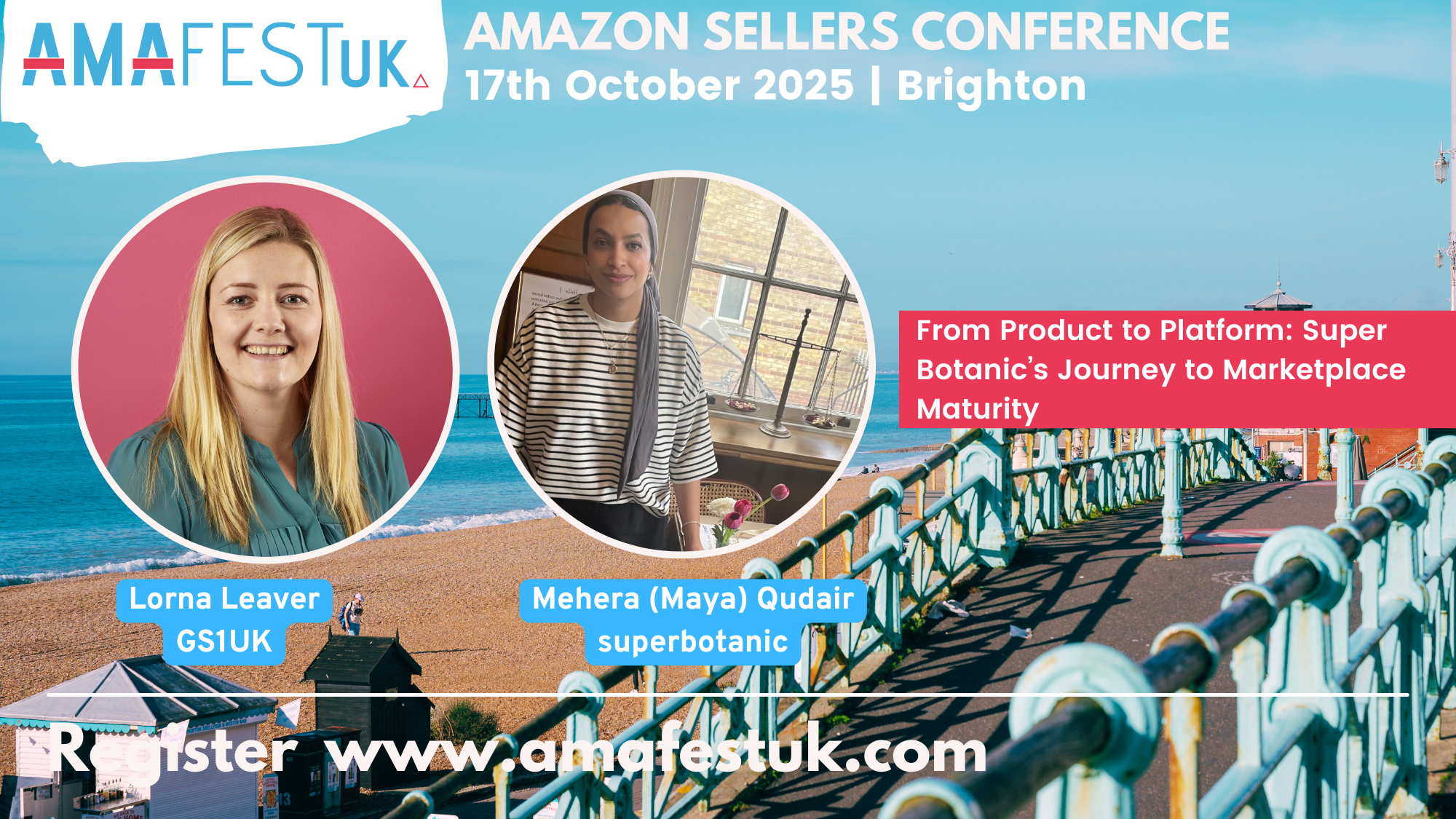Google launched its Google+ initiative in June 2011: part standalone social network and part social layer for existing services like Gmail and YouTube and its search engine. A year later, how has it done? In April 2012, the company announced that "more than 170 million people have upgraded to Google+" – carefully-chosen words amid criticism that while people are enabling Google+ in their tens of millions, many less are actively using the standalone social networking part.
I sat down with Google's vice president of product Bradley Horowitz, in the UK for the LeWeb London conference, to dig into what Google+ is for, what impact it's really having, and how it might evolve. Horowitz stresses the two-pronged nature of Google+, and the idea of the social layer as a way for "users to upgrade their relationship with Google". But what does that mean?
"People have had a pretty ephemeral relationship with Google: they typed in their query, hit enter and we sent them on their way. It was a pretty light touch, and we don't know a whole lot about those users," he says. "If we get to know our users – have them introduce themselves: 'I'm Jeremy, I'm living in this zip code, I have these friends and these interests…' – we can provide an amazing quality of service. A better phone, better browser, better YouTube, better Gmail… Everything will get better if we understand our users better."
Google+ is the company's big bet on making up for this lost time, along with that standalone social network element. Late to the party given Facebook's 900m+ users, Google is hoping features like its Circles for easier privacy; Hangouts for video chatting and its recently-revamped mobile app will make it a contender.
Source: The Guardian









